Quartz Glass
Quartz glass is made by melting materials containing silica, such as crystal, silica, and silicon tetrachloride, at high temperatures. Its silicon dioxide content is much higher than ordinary glass, with quartz glass having a silicon dioxide content of 99.999%. Has excellent optical performance, not only has excellent visible light transmittance, but also transmits ultraviolet and infrared rays. Meanwhile, quartz glass is a good acid resistant material. In addition to hydrofluoric acid and thermal phosphoric acid above 300, it can withstand corrosion from sulfuric acid, nitric acid, hydrochloric acid, aqua regia, neutral salts, carbon, and sulfur at high temperatures. Its chemical stability is 30 times that of acid resistant ceramics and 150 times that of nickel chromium alloys and ceramics. It is resistant to high temperatures, heat shock, and has a particularly small coefficient of thermal expansion
Quartz glass Advantages
Good insulation performance
SiO ₂ with a purity of 99.99% or higher
Low light absorption
Low spontaneous emission
Biocompatibility
Excellent chemical stability
Extremely low coefficient of thermal expansion
Excellent transparency performance
Suitable for high temperature applications
Quartz Glass Uses
Microwave transmission equipment
Chemical reactor window
Optical Window
Laboratory equipment
Space Telescope
Satellite optical sensor
Laser window
Semiconductor production equipment
Optical lens
Fiber optic communication equipment
Products
-

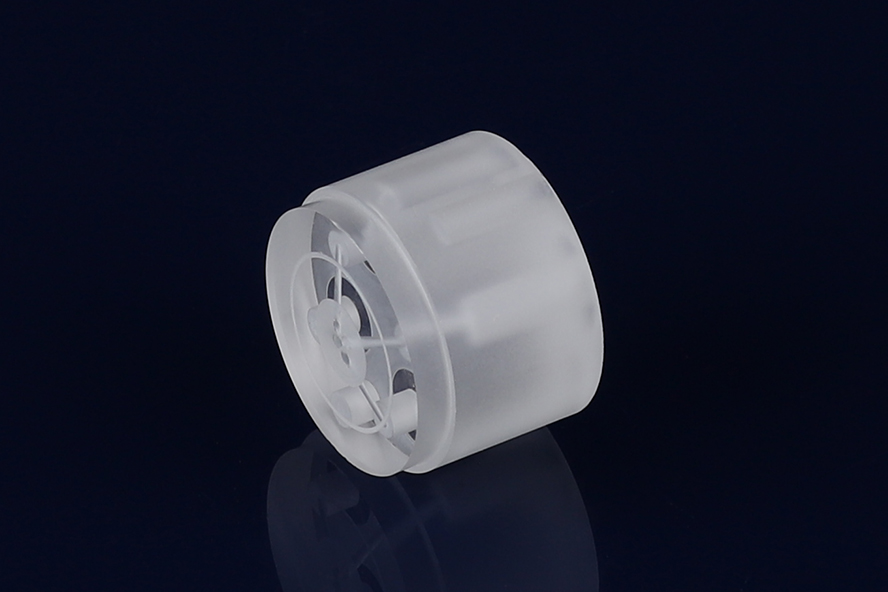 Quartz glass
Quartz glass -

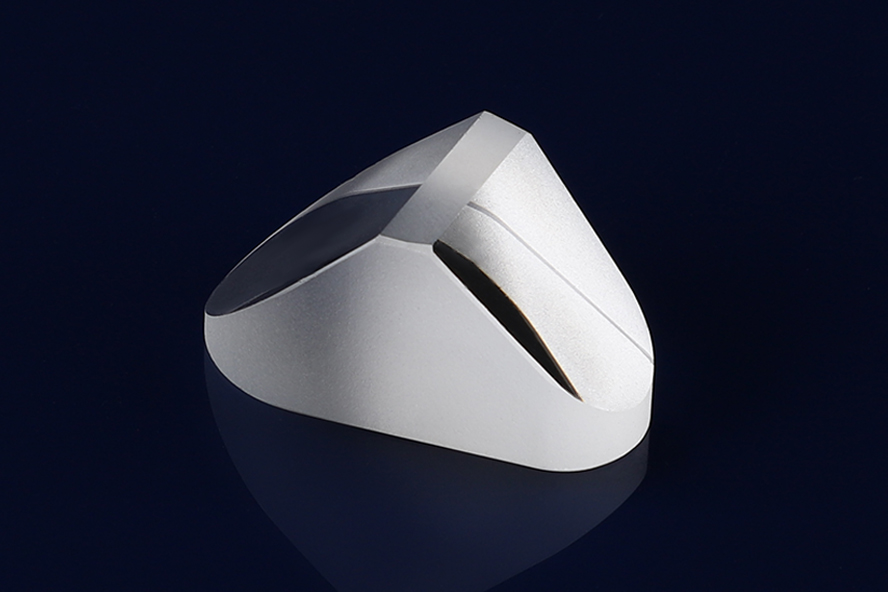 Quartz glass
Quartz glass -

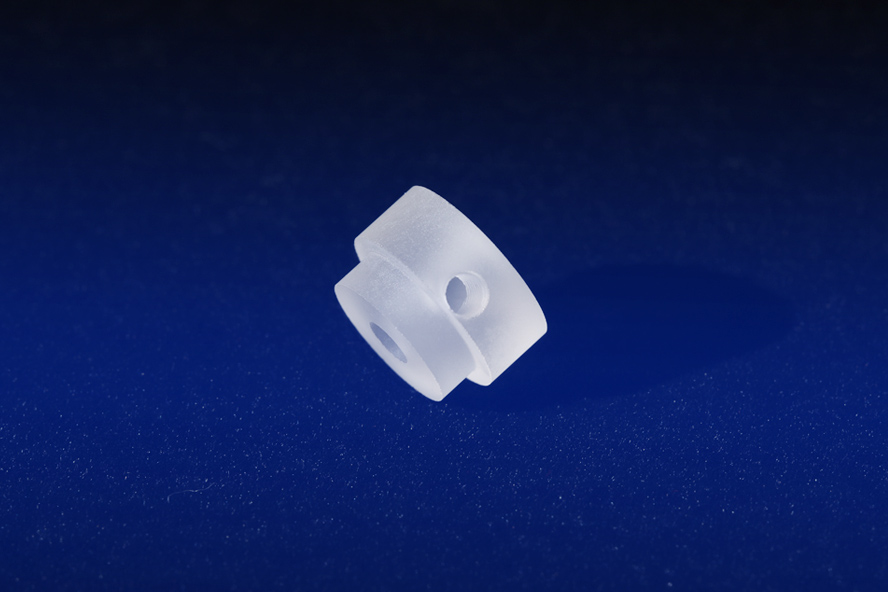 Quartz glass
Quartz glass -

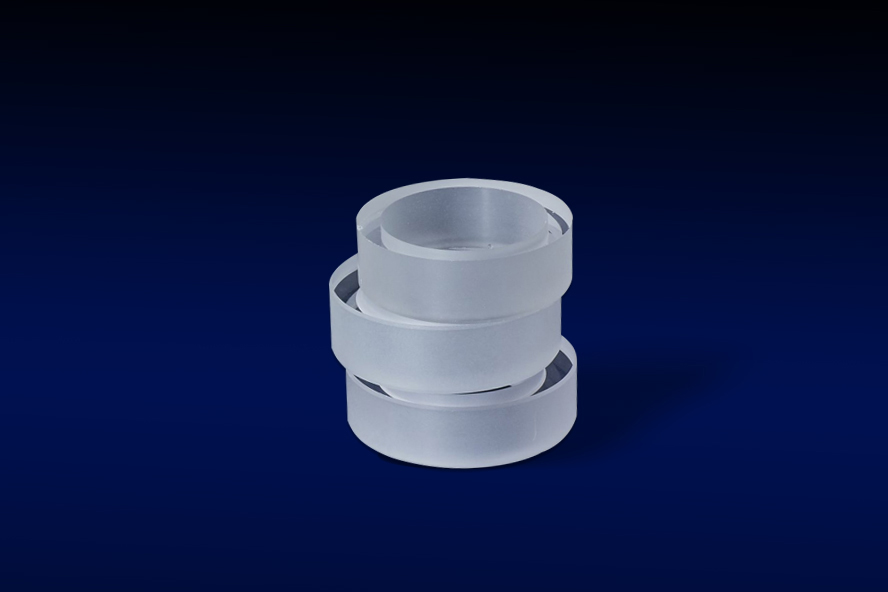 Quartz glass
Quartz glass -

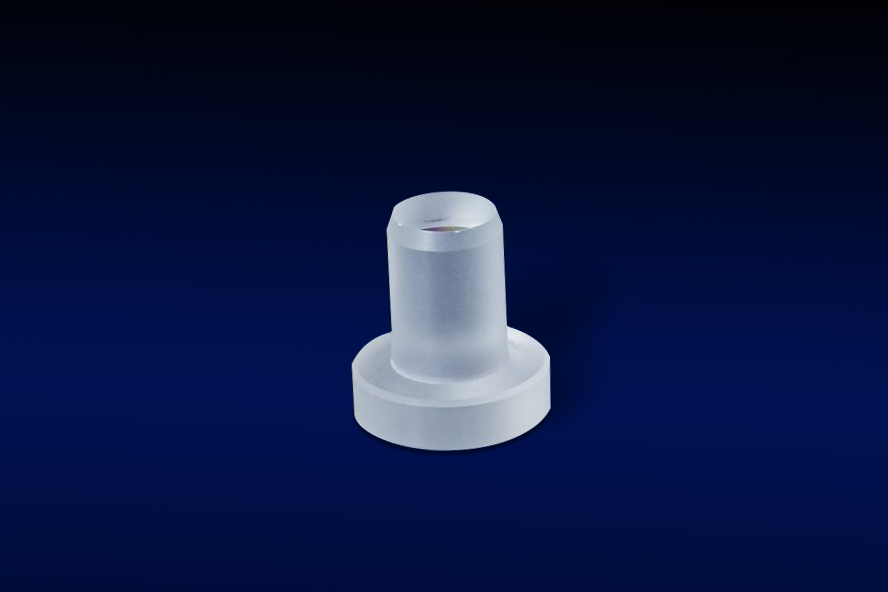 Quartz glass
Quartz glass -

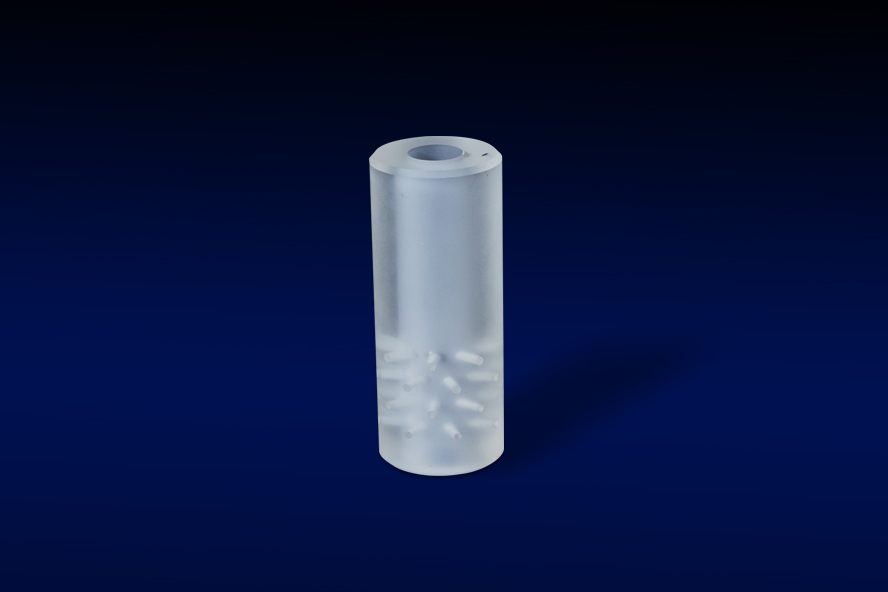
High quality quartz glass processing services
Quartz glass -

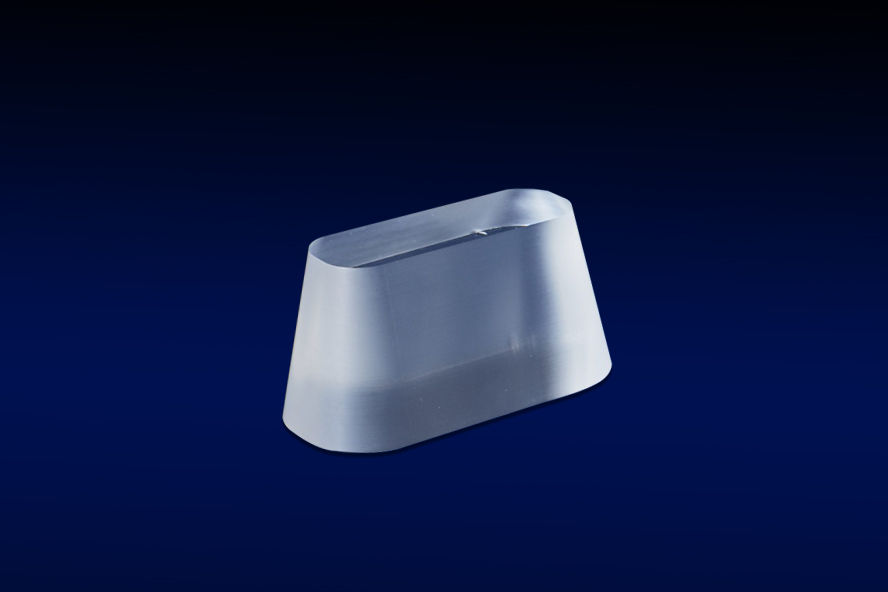
Quartz glass processing services
Quartz glass -

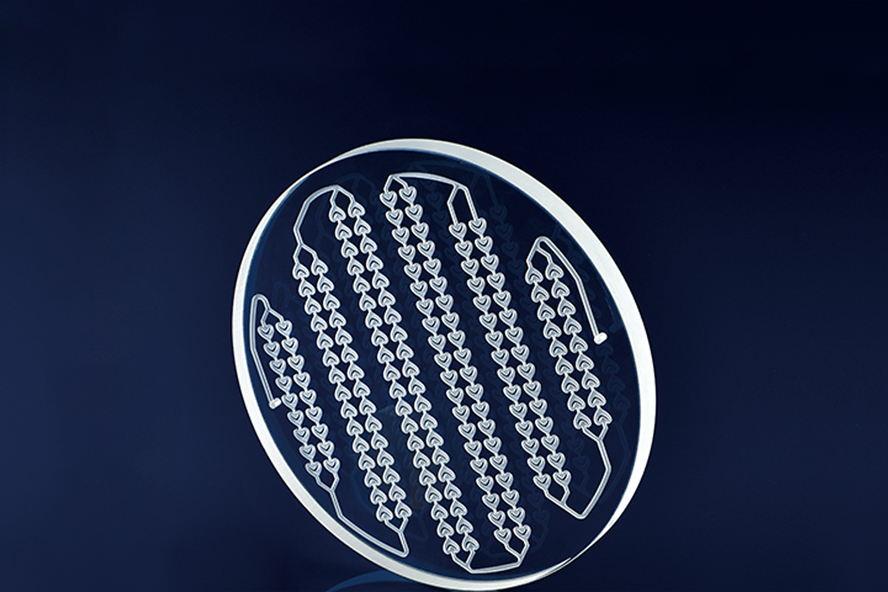 Quartz glass
Quartz glass
Quartz Glass Material Properties
Quartz properties | quartz | ||
item | unit | Typical value | |
Physical property | |||
colour | colourless | ||
density | g/cm³ | 2.65 | |
Gas permeability | 0 | ||
hydroscopicity | <0.1 | ||
Mechanical property | |||
Monger hardness | Lv. | 7 | |
Rockwell hardness | HRA | - | |
Vickers Hardness (Hv50) | Gpa(kg/mm) | 700 | |
Bending strength (20 °C) | Mpa | 100 | |
Compressive strength (20 °C) | Mpa | 1000 | |
Modulus of elasticity | Gpa | 70 | |
Poisson's ratio (20 °C) | 0.05 | ||
Fracture toughness (20 °C) | MPa*1/2 | 0.5 MPa·m^0.5 | |
Thermal performance | |||
Thermal conductivity (20 °C)-400°C | W/(m·K) | 12 | |
Thermal expansion | 10-6/℃ | 0.5 | |
Maximum service temperature | °C | 1000 | |
Electronic property | |||
Dielectric medium | KV/mm | 37 | |
Dielectric constant | Er | 3.8 | |
Dielectric loss Angle (1MHz) | 10^-4 | ||
Quartz Glass Machining
Machining Quartz Glass is a highly challenging process due to its exceptional hardness and brittleness. At Jundro Ceramics, we specialize in the high-precision machining of hard and brittle materials. With our technical expertise and advanced equipment, we deliver top-quality quartz glass tailored to the demanding needs of high-precision engineering applications. If you have a current requirement for quartz glass, Jundro is your ideal partner. Our experts are always available to provide technical support and services to meet your needs.



